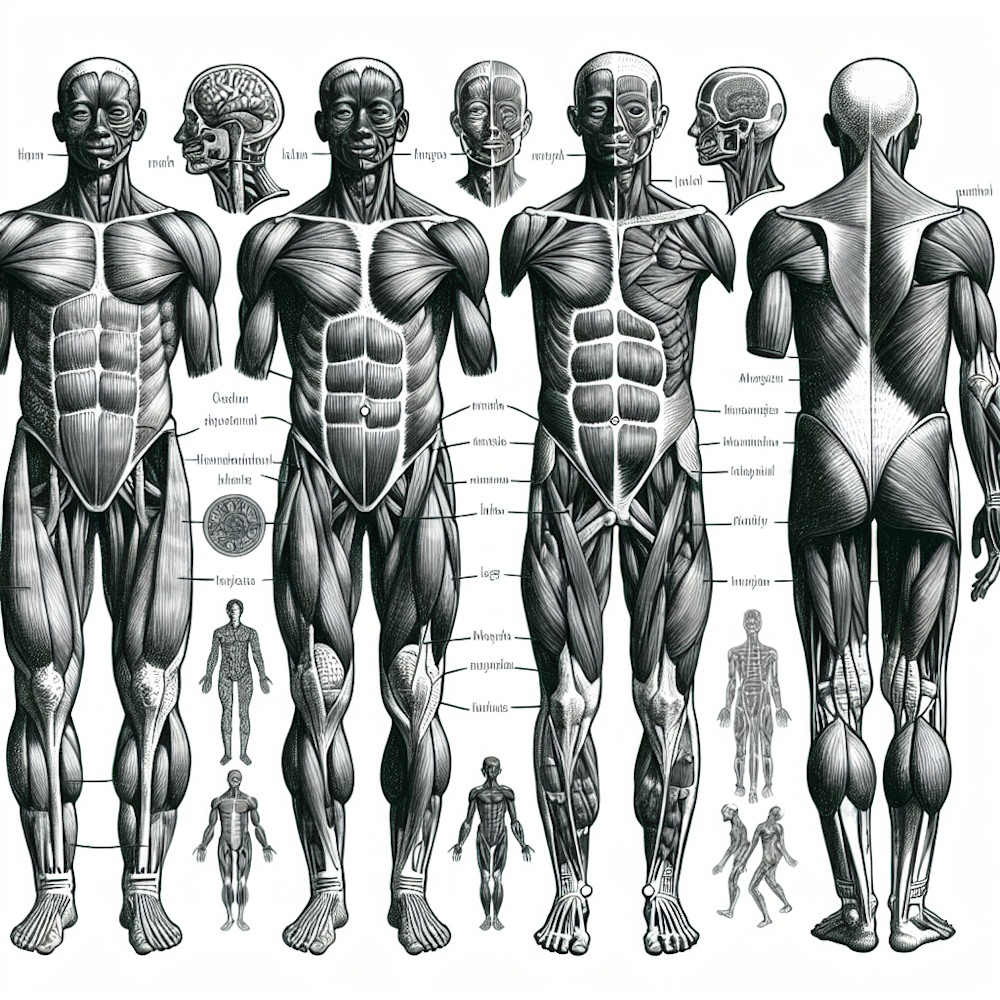Unmasking Muscle Imbalances: A Dissected Guide for Personal Trainers
As a personal trainer, understanding muscle imbalances can be like solving an intricate puzzle. It's not solely about identifying a strength or flexibility difference between two muscle group; it's more so about considering it in the context of general fitness, movement and patterns, performance, and even the mental state of the client.
First and foremost, muscle imbalance is not always a sign of a problem. Rather, it's a common occurrence in every one of us. Our daily activities and movement habits naturally contribute to the development of these imbalances. It’s like walking or running – one leg always hits the ground before the other, creating an inevitable asymmetry in muscle development. Seeing these imbalances as issues that always need correction could lead to an over-fixation that distracts from the broader fitness objectives.
Secondly, detecting muscle imbalances during a hands-on assessment isn't always indicating an issue that needs addressing. While these imbalances can be useful markers for trainers, they should not be taken as the be-all and end-all. Clients who spend significant amounts of time trying to "correct" these imbalances may just be chasing after windmills, with their goals lost in the background.
